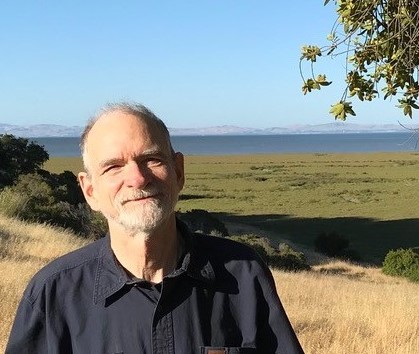 After listening to the final Resilient by Design Bay Area Challenge presentations for all the design teams, attending the closing roundtables and speeches, and reading the June 2018 special issue of ESTUARY News focused on resilience planning, the Bay’s top environmental history writer John Hart reflects on take-homes. He welcomes your own feedback below.
After listening to the final Resilient by Design Bay Area Challenge presentations for all the design teams, attending the closing roundtables and speeches, and reading the June 2018 special issue of ESTUARY News focused on resilience planning, the Bay’s top environmental history writer John Hart reflects on take-homes. He welcomes your own feedback below.
In the heyday of Bay fill, in the early 1960s, a University of California planning professor named Jack Kent had a modest proposal: could not the cities that were busily building out into the tidelands at least get together to agree on a future final shoreline?
Half a century later, we are looking at nine plans of a very different sort, each promising to adapt a piece of the Bay margin to a world of higher tides, rising groundwater, and more frequent flooding from streams. At least six of the plans center also on disadvantaged communities now occupying those threatened littorals: the Canal district of San Rafael; Marin City north of the Golden Gate; San Francisco’s Bayview; South San Francisco; East Palo Alto; East Oakland; and North Richmond.
Listening to the presentations at the May 18 Resilient Bay Summit, I was alert, like Kent, to possible conflicts among them. There were none. For one thing, the proposals do not adjoin; for another, these planners are too smart to push ideas that would obviously harm the neighbors. There is scarcely a seawall in the bunch. “Horizontal levees,” oyster reefs, widened flood plains, and marsh restorations abound. If, by some magic, every proposal were realized tomorrow, we would surely be in a better place than we are today.
Of course, like all good challenges, the Resilient by Design Challenge raises a flock of questions.
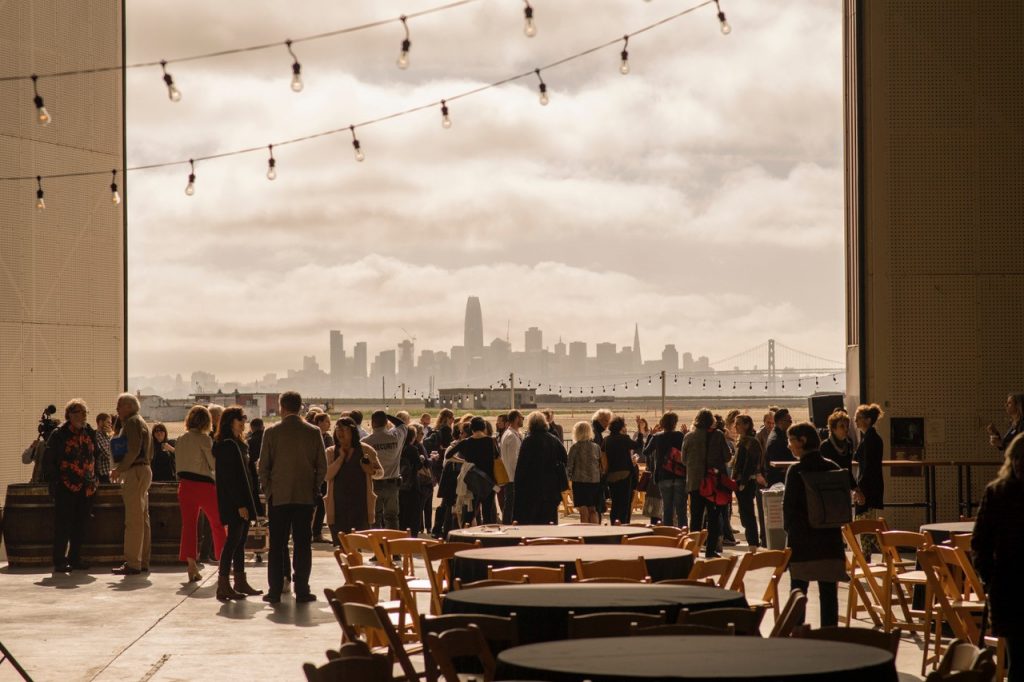
CAN EVERY INHABITED PLACE BE PROTECTED?
It was a basic tenet of the competition: planners must focus on “keeping communities in place and vibrant.” These plans deliver. The poor neighborhoods now further threatened by climate change will transform but, if these visions come to pass, not a one will be lost. Key facilities will be protected and key roads elevated. Housing and businesses will be rearranged to cluster on raised ground, or, in several plans, on floating pads. The housing stock will be protected and expanded yet gentrification will be simultaneously avoided. The stark possibility that some areas will simply become uninhabitable in time goes barely acknowledged. One planner I button-holed admitted, “Many of these solutions may only work for fifty years.”
WILL THERE BE ENOUGH MUD?
Along with the upward creep in sea level predictions, we’re coming to grips with the shortage of silt and sand. Are rivers and creeks bringing down enough sediment to build all these additional marshes and living levees? The Public Sediment team, in its plan for lower Alameda Creek, seeks to capture more of the grit coming down that stream for the adjacent baylands, reducing the need for dredging in the channel itself. Something similar needs to be done on every Bay tributary. But even perfect harvest of stream sediments may not be enough. The team working on the South Bay Sponge offers the idea of a Soil Swap in which not only sediment but upland earth will be moved about, building a flood-safe elevation here, scooping a tidal basin there. There would be a corresponding Land Use Swap, a transfer of development rights on a vast scale, concentrating structures on the safest ground.
WILL THERE BE ENOUGH MONEY?
Disasters always unlock funding; paying for prevention is the hard thing. None of these plans come with price tags, but several teams pointed hopefully to planned expenditures that could be repurposed. The South Bay Sponge, for example, could use some of the billions now slated for Army Corps levee projects that would be trimmed. At San Rafael, Marcel Wilson of Bionic team observed, most of the buildings will be replaced in the next fifty years anyway; it’s a matter of organizing to do it right. At the end of the Resilient Bay Summit, the Bay Area Council stepped up to promise $10 million in private funds for California adaptation projects by September, vital seed money indeed. Yet, any way you figure it, the coming tab looks huge.
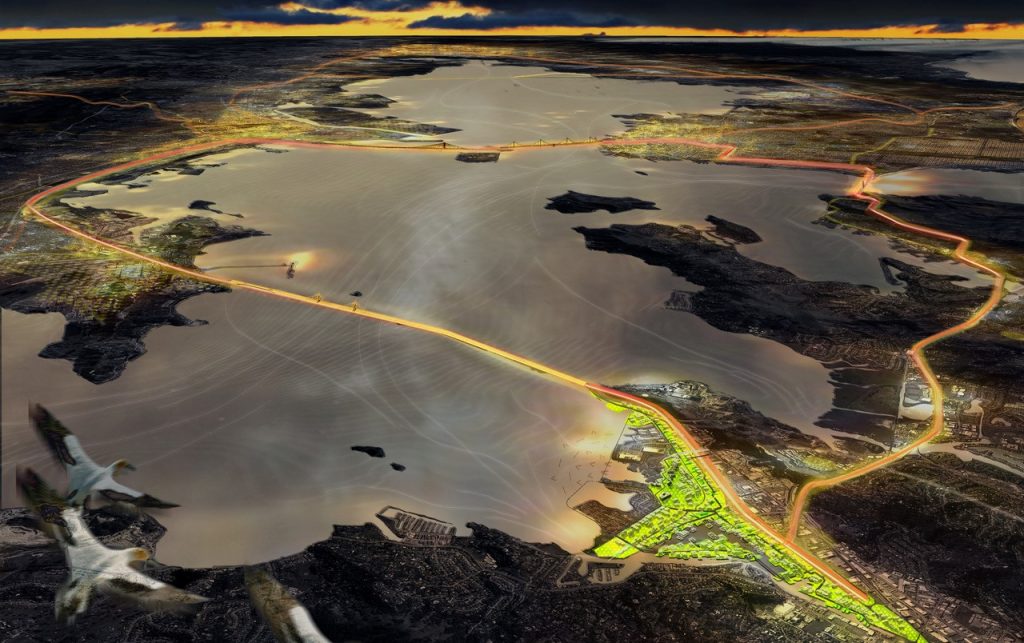
CAN COMMUNITIES MOBILIZE FAST ENOUGH?
We heard it again and again: to make good things happen, the neighborhoods themselves must both grasp the new threat and develop the power to influence solutions. Each Resilient by Design planning team found its own ingenious method of reaching, informing, and gathering ideas from local people.
Yet — because community groups were brought in late and got a small slice of the total funding—the reception was sometimes cool. A notable exception was Marin City, where the community approached the planning group Permaculture + Social Equity, not the other way around. The plans (relatively small in scale here) took shape in the context of an eight-week permaculture or eco-literacy workshop that also focused on advocacy skills. But this bootstrapping process is in a race with time.
CAN OUR GOVERNMENTS RISE TO THE NEED?
Perhaps most fundamentally, these plans demand that we develop new organizational muscles. This challenge seems least daunting where a project lies within the purview of one or two local governments. This is the case in the Canal, in Marin City, in North Richmond, and in the Islais Creek basin in San Francisco. In South San Francisco, the Resilient South City proposal can feed directly into an upcoming revision of the local General Plan. In other instances, numerous cities and sometimes several counties are involved. And always there hovers overhead a swarm of regulatory agencies, each regional in scope but each devoted to a narrow purpose or zone, intervening like Olympic deities in the planning struggles below.
Take the case of the Estuary Commons plan, centered on San Leandro Bay but covering parts of Oakland, San Leandro, and Alameda. To make this vision real, each city has to rethink its traditional plans and also its traditional habit of going it alone. As Alameda mayor Trish Spence remarked, “We’re still in the middle of updating our golf course, as in spending millions of dollars. And go look at the plan. Our golf course, underwater!” The Oakland Airport, BART, CalTrans, the Coliseum Authority, and sundry regional bodies must also be on board with any program like this.
A second sort of institutional void often gapes at the bottom, not the top: a lack of neighborhood-level bodies to define and speak for community needs.
To overcome such obstacles, the plans posit a number of new government mechanisms: Community Benefit Districts, Joint Powers Agreements, and a South Bay Mutual Benefit Resiliency District. (A little known tool is the Geologic Hazard Abatement District, which under state law has extraordinary powers.) Even in the Islais basin, entirely within San Francisco, a JPA might be required among City departments! But all such arrangements have the effect of further complicating what one juror called “the jurisdictional cornucopia” of the region.
Indeed, government, or “governance,” was a recurrent theme. Who, in the end, will make these projects go, prioritize funding, screen for conflicts, fill in the spaces among these promising plans, make sure that disadvantaged communities don’t lose out again in the quest for solutions? A region-wide, authoritative blueprint for threatened shorelines seems a necessity, but can anyone create such a thing? The Bay Conservation and Development Commission comes to mind, but BCDC, the product of an earlier planning revolution, has no interest in fomenting a second one.
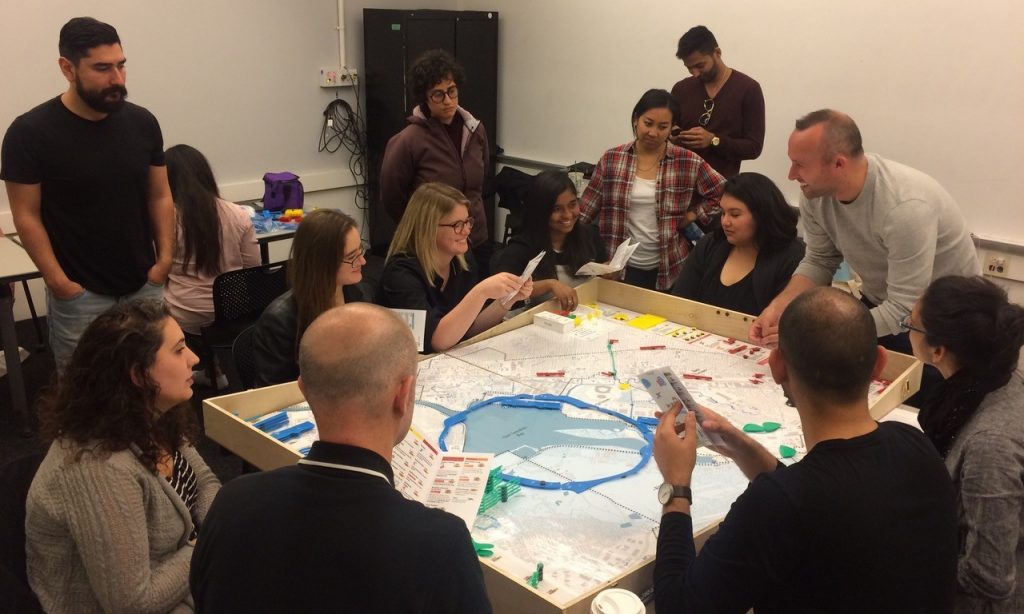
Collaboration is the word of the day. In the noble attempt to think and work together, ever-new groupings, task forces, councils are formed. The Bay Area’s alphabet soup of agencies and entities gets thicker. Pity the poor citizen trying to keep track of it all! In most cases, however, the existing power relationships are sacrosanct.
In a new Regulatory Integration Team, we are assured, “No agency gives up any authority.” The new BayCAN, “a network of networks,” has the slogan: “By local government, for local government.” It’s a double message: everything must change, yet no one will be made uncomfortable.
We must hope but also wonder: can a “network of networks” really do what must be done?
Despite perennial resistance, the facts keep nudging the region toward some less fuzzy form of centralization. The latest candidate for a guiding role is the Metropolitan Transportation Commission, which is building upon its real if indirect power as the arbiter of regional road and transit funding. Not perhaps the ideal vehicle, if the pun may be excused; but it is the vehicle we seem to have.
Near the end of the Resilient Bay Summit, the current chair of the commission, Jake Mackenzie of Rohnert Park, offered a stark, unscripted, assessment: “[We] are going to require a degree of regional cooperation that has not existed up until now. …Unless we get some form of logical regional government, you are going to be a long time waiting for these visions to be realized.”
Feedback
Would you like to comment on this story? Please share your feedback below…
Related Stories
Bay Nature Magazine – Imagine the Future of the SF Bay Shoreline by Zach St. George
Spur Urbanist March 2018 – Can We Achieve Regionalism?
Regional Resources
Resilient by Design Bay Area Challenge
Raising the Bar on Regional Resilience, BARC 2018
BCDC –Adapting to Rising Tides
San Francisco Bay Restoration Authority
Horizon Initiative: Preparing for Plan Bay Area 2050
California Sea Level Rise Guidance
Union of Concerned Scientists Update on SLR US Coasts
Areas Vulnerable to Sea Level Rise Bay Area –Viewers
San Francisco Bay Area Coastal Hazards Adaptation Group
On a Lighter Note
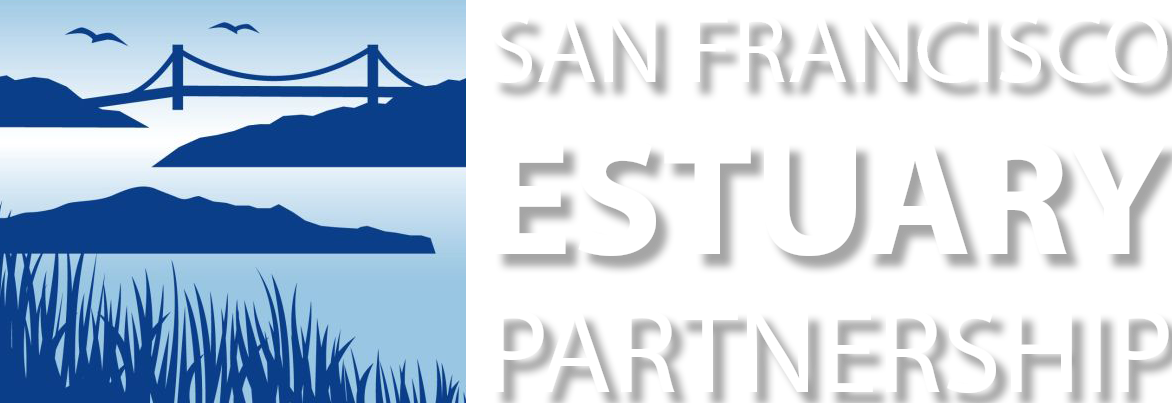


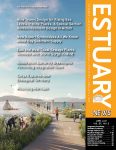




 The results are alarming for our state’s future: an estimated four to five feet of sea level rise and loss of one to two-thirds of Southern California beaches by 2100, a 50 percent increase in wildfires over 25,000 acres, stronger and longer heat waves, and infrastructure like airports, wastewater treatment plants, rail and roadways increasingly likely to suffer flooding.
The results are alarming for our state’s future: an estimated four to five feet of sea level rise and loss of one to two-thirds of Southern California beaches by 2100, a 50 percent increase in wildfires over 25,000 acres, stronger and longer heat waves, and infrastructure like airports, wastewater treatment plants, rail and roadways increasingly likely to suffer flooding.